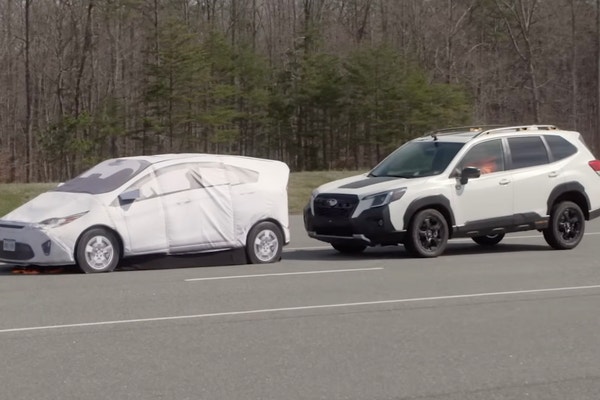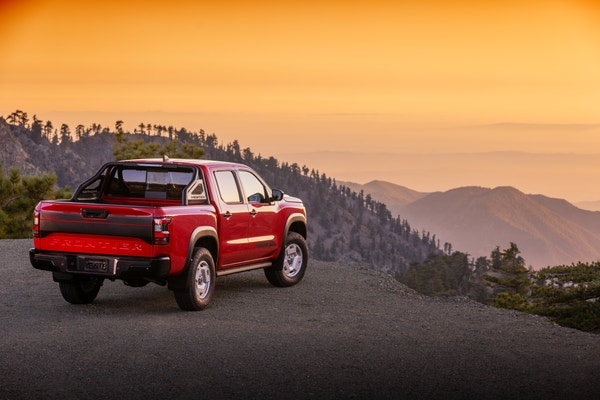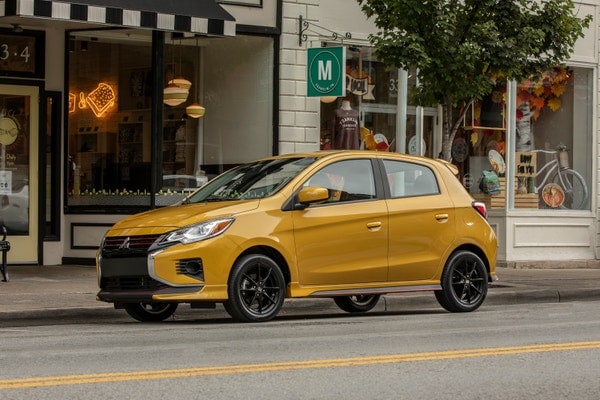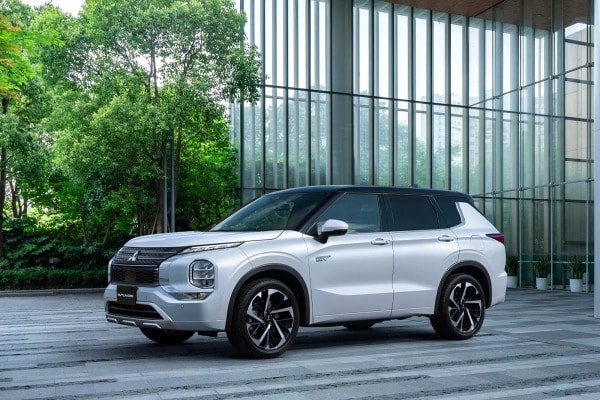Used 2017 Mitsubishi Mirage SE Hatchback Review
Consumer reviews
There are no consumer reviews for the 2017 Mitsubishi Mirage SE Hatchback.
Edmunds Summary Review of the 2017 Mitsubishi Mirage SE Hatchback
Pros & Cons
- Pro:Impressive fuel economy with CVT
- Pro:One of the least expensive cars available
- Pro:Generous warranty
- Con:Acceleration is very sluggish, even by subcompact standards
- Con:Rough, chattering engine note
- Con:Lots of road noise at highway speeds
- Con:Low-quality interior materials
Full Edmunds Review: 2017 Mitsubishi Mirage Hatchback
Driving
Thanks to a small turning circle and light-effort steering, the Mitsubishi Mirage is easy to maneuver in dense urban settings. On the highway, though, the little car becomes fidgety and demands more of the driver's attention. We've yet to test the 2017 model, but in our prior testing we observed that the Mirage rides harshly over bumpy pavement, and handling isn't what we'd call confident or secure. Rival subcompact cars should far surpass the Mitsubishi in these areas.
Although the three-cylinder engine is certainly fuel-efficient, acceleration is quite slow and you'll need to plan well ahead for passing maneuvers on the highway. Even more annoying than the sluggish performance is the excessive noise from the engine compartment. Even at low speeds, the three-cylinder makes a considerable racket. The CVT often adds to the mayhem, as the slightest increase in accelerator pedal pressure results in a dramatic increase in engine rpm.
Interior
Although its materials quality has been improved for 2017, the Mirage still doesn't match up to the standards in this segment. Most surfaces are hard plastic and not particularly pleasant to touch or look at. On a positive note, all the essential controls are easily accessible and simple to use. The lack of a telescoping steering wheel might make it a little difficult for some drivers to get comfortable behind the wheel, but taller folks should find enough head- and legroom. On longer drives, the hard door armrests and the lack of a front center armrest reduce driver comfort.
In the rear, headroom and shoulder room are limited, and average-size adults will likely find the quarters cramped. In addition, the rear bench is quite flat, with minimal cushioning. With the rear seats in place, the Mirage offers a respectable 17.2 cubic feet of cargo space. With the seats folded down, capacity increases to 47 cubic feet: a good number for this class.
Edmunds Insurance Estimator
The Edmunds TCO® estimated monthly insurance payment for a 2017 Mitsubishi Mirage in New York is:
not available


